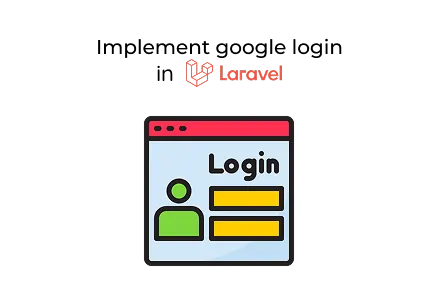Home - Scripts - Website Development

Implement Google Login in Laravel using Socialite for secure, seamless authentication. Simplify user access, enhance security, and improve engagement across web and mobile applications effortlessly.
Key Points
Google Login is one of the most popular authentication methods used on web apps. It enables users to sign in with their Google account, providing both security and a seamless login experience.
This guide takes you through the step-by-step process of integrating Google OAuth into a Laravel app. By the end, you’ll learn how to configure Google APIs, set up Laravel for Google authentication, and securely manage user login.
In modern mobile app and website development, user authentication is crucial. From eCommerce platforms to SaaS dashboards, integrating Google Login enhances security and simplifies sign-up and login processes for users.
To use Google OAuth in Laravel, you must first set up credentials in the Google Developers Console.
Steps to Configure Google Console:
1. Open the Google Developer Console and set up a new project.
2. Navigate to APIs & Services → Credentials.
3. Set up the OAuth Consent Screen by entering information such as application name, user type, and authorized domains.
Create new credentials:
4. Copy the Client ID and Client Secret — you’ll need them for your Laravel project.
To add Google Login to Laravel, we will use Laravel Socialite, which simplifies OAuth authentication.
Run the following command in your Laravel project:
Add your Google Client credentials to the .env file:
Then, update config/services.php:
Now, define routes in your web.php:
Create a controller GoogleController.php:
Run migration:
In your login page (login.blade.php), add a Google Login button:
Run your Laravel server:
2. Go to http://localhost:8000/login and click Login with Google.
3. Authenticate with your Google account.
4. You should be redirected to /dashboard as a logged-in user.
When deploying, update the Google OAuth redirect URI in the Google Console to match your production domain.
In today’s digital world, secure authentication is crucial for both web and mobile app development. Google Login provides:
At Digittrix, we develop secure and scalable web applications using Laravel. Whether you need custom authentication or full web and app development, our experts can create solutions tailored to your business.
If you’re interested in adding Google Login to your Laravel project or developing a custom web or mobile app, contact us today!

©2025Digittrix Infotech Private Limited , All rights reserved.